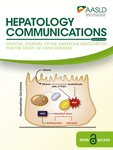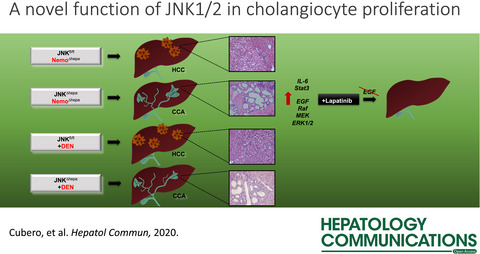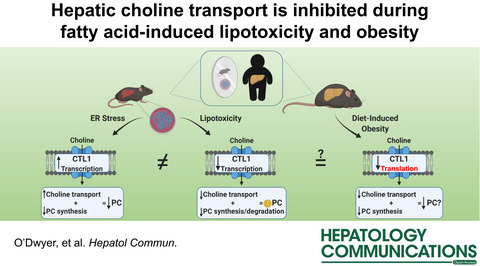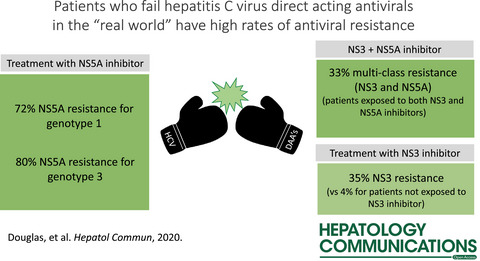Journal list menu
Export Citations
Download PDFs
Issue Information
Editorial
The Protective Function of PRMT1 in Alcohol-Induced Hepatocellular Carcinoma
- Pages: 787-789
- First Published: 31 May 2020
Original Articles
Hepatocellular Protein Arginine Methyltransferase 1 Suppresses Alcohol-Induced Hepatocellular Carcinoma Formation by Inhibition of Inducible Nitric Oxide Synthase
- Pages: 790-808
- First Published: 04 March 2020
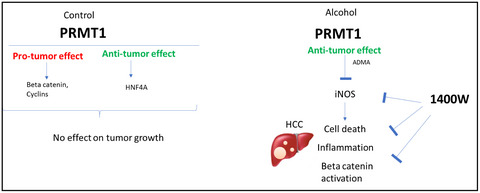
PRMT1 has multiple targets that can either promote or suppress tumor growth depending on the environmental conditions. In the presence of alcohol, PRMT1 suppresses tumor development in mice via regulation of iNOS activity-dependent liver inflammation and beta-catenin signaling. By inhibiting iNOS in PRMT1 knockout mice we were able to reduce hepatocyte death, inflammation and proliferation as well as tumor development in alcohol fed mice.
ASS1 Overexpression: A Hallmark of Sonic Hedgehog Hepatocellular Adenomas; Recommendations for Clinical Practice
- Pages: 809-824
- First Published: 11 April 2020
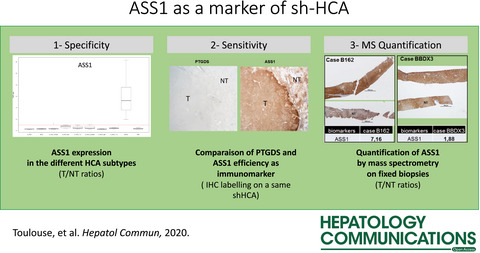
ShHCA is a new HCA subgroup with a high risk of bleeding with PTGDS and ASS1 proposed as immunomarkers, with conflicting results and interpretations in the literature. By molecular, proteomic, and immunohistochemistry analyses, we established that ASS1 overexpression was a specific hallmark of shHCA. Having shown that PTGDS was not a good marker, we demonstrated, using a large cohort of UHCAs, the sensitivity of ASS1 immunomarker and its clinical relevance. Therefore, ASS1 is an additional tool for HCA classification, clinical diagnosis of shHCA, and appropriate management.
A Telephone and Mail Outreach Program Successfully Increases Uptake of Hepatocellular Carcinoma Surveillance
- Pages: 825-833
- First Published: 24 April 2020
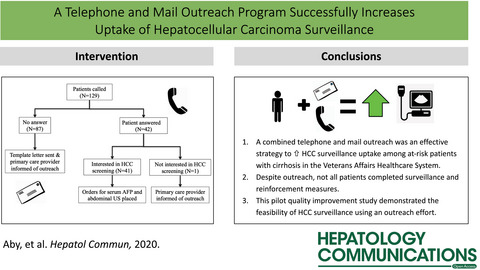
HCC surveillance in patients with cirrhosis is recommended by society guidelines, yet suboptimal. In this quality improvement outreach pilot study within a large VA, we demonstrate that HCC surveillance improves by telephone and mail outreach of patients who have confirmed cirrhosis and had not been screened.
Loss of c-Jun N-terminal Kinase 1 and 2 Function in Liver Epithelial Cells Triggers Biliary Hyperproliferation Resembling Cholangiocarcinoma
- Pages: 834-851
- First Published: 16 April 2020
Comprehensive Health-State Utilities in Contemporary Patients With Cirrhosis
- Pages: 852-858
- First Published: 02 April 2020
Cellular Location of HNF4α is Linked With Terminal Liver Failure in Humans
- Pages: 859-875
- First Published: 21 April 2020
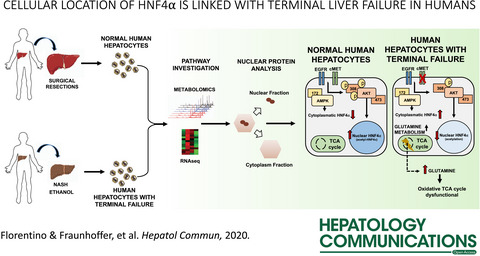
Although drug induced liver injury (DILI) is a rare clinical event, it carries significant morbidity and mortality, leaving it as the leading cause of acute liver failure in the United States. It is one of the most challenging diagnoses encountered by gastroenterologists. DILI is also the most common single adverse event that has led to withdrawal of drugs from the marketplace, drug attrition and failure of implicated drugs to obtain FDA approval. The development of various drug injury networks have played a vital role in expanding our knowledge regarding drug, herbal and dietary supplement related liver injury. In this review, we discuss what defines liver injury, epidemiology of DILI, it's biochemical and pathologic patterns, and management.
Hepatic Choline Transport Is Inhibited During Fatty Acid–Induced Lipotoxicity and Obesity
- Pages: 876-889
- First Published: 10 April 2020
Nonalcoholic Fatty Liver Disease and Alcoholic Liver Disease are Major Drivers of Liver Mortality in the United States
- Pages: 890-903
- First Published: 04 April 2020
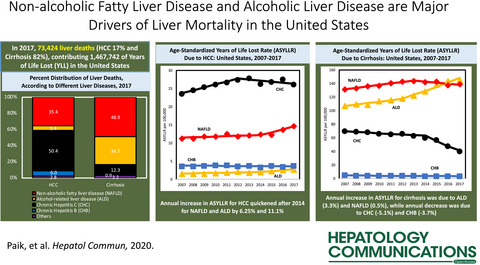
In the United States (U.S.), chronic viral hepatitis B and C (CHB and CHC), non-alcoholic fatty liver disease (NAFLD) and alcohol-related liver disease (ALD) are the main causes of liver deaths attributable to hepatocellular carcinoma (HCC) and cirrhosis.Over the past decade, ASDR and ASYLL are increasing in the U.S. The rising burden of HCC and cirrhosis are primarily driven by NAFLD and ALD.
Impact of an Open Access Nationwide Treatment Model on Hepatitis C Virus Antiviral Drug Resistance
- Pages: 904-915
- First Published: 06 April 2020
Efficacy of an Inhibitor of Hepatitis B Virus Expression in Combination With Entecavir and Interferon-α in Woodchucks Chronically Infected With Woodchuck Hepatitis Virus
- Pages: 916-931
- First Published: 22 April 2020
Ritonavir and Lopinavir Suppress RCE1 and CAAX Rab Proteins Sensitizing the Liver to Organelle Stress and Injury
- Pages: 932-944
- First Published: 08 April 2020
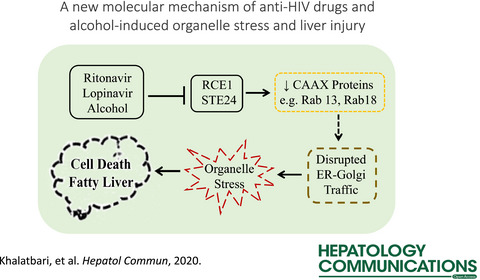
We have found that anti-HIV protease inhibitors inhibit RCE1 and its substrates, Rab proteins with CAAX motif, which interfered with the endoplasmic reticulum–Golgi trafficking, leading to organelle stress responses and fatty liver injury. This study may provide a molecular basis for designing anti-HIV drugs with less side effects in the liver.




